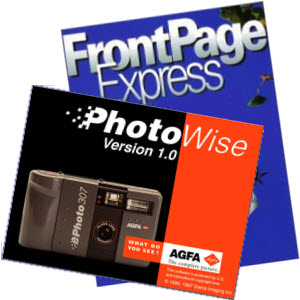 In Chapter 1 of the My Gear series of articles, I mentioned the PhotoWise software that came with an Agfa camera. I didn’t offer much of a description and subsequent My Gear posts have rarely even mentioned software. But I’ve got it. I need it. It’s often more important than the hardware.
In Chapter 1 of the My Gear series of articles, I mentioned the PhotoWise software that came with an Agfa camera. I didn’t offer much of a description and subsequent My Gear posts have rarely even mentioned software. But I’ve got it. I need it. It’s often more important than the hardware.
So I’m starting up a My Apps series. I’ve a feeling that it won’t be as well behaved, with nice edges, as My Gear and, as if to prove that, I’m starting off with an article on two different pieces of software. One reason for the lack of neat edges is that software isn’t always acquired intentionally but because it was bundled with something else. Another reason is that there is a high probability of overlap between the old and the new. You get something better or at least newer and it takes awhile to master it. You need to keep functioning until that happens and you do that with the old and familiar. Unlike hardware, I don’t always have good dates for when I acquired something and I rarely have a date for when I really started using it. The two are almost never the same.
These two applications were in my hands when I set off on the first documented trip on Route 66. Both were there because of bundling. As already stated, PhotoWise came with the camera I bought in July of 1999. FrontPage Express was a stripped down version of Microsoft’s FrontPage website builder that once came bundled with Internet Explorer. The practice seems to have stopped after IE 5 and the product vanished. Neither was “best of breed” but both were quite capable and rather easy to use. With my 1999 budget it would have taken some really shiny bells and some finely tuned whistles to compete with free.
 Like its big brother, FrontPage Express was a WYSIWYG (What You See Is What You Get) editor that allowed you to lay out a web page and position various elements on it without knowing HTML (Hyper Text Markup Language). It differed from full blown FrontPage in the type and number of elements supported and some other capabilities which, for the most part, were beyond me anyway. As with most editors of this sort, it also allowed access to the HTML behind the page.
Like its big brother, FrontPage Express was a WYSIWYG (What You See Is What You Get) editor that allowed you to lay out a web page and position various elements on it without knowing HTML (Hyper Text Markup Language). It differed from full blown FrontPage in the type and number of elements supported and some other capabilities which, for the most part, were beyond me anyway. As with most editors of this sort, it also allowed access to the HTML behind the page.
A popular method of learning what was behind a webpage you liked was simply looking. Virtually every web browser supports display of a page’s source code and I did plenty of that. My programming background allowed me to deal with the HTML to some degree but I’ve never approached the proficiency I once had with ancient languages like C and C++. Advances in tools and techniques have made calling up a single page of source code a lot less useful than it once was but I got some serious mileage from it a bit over a decade back. Most of the work and all of the playing occurred at home. On the road, what I had to do each day was flesh out a page that, in form and function, was pretty much like the one for the day before. I’ve improved on this over the years but, even in the beginning, I was really doing a form of “fill in the blanks” as I traveled.
Would I do it that way again? Probably not. Actually, if I was setting out on that first trip today, I might not do it at all. Today there is readily available blog software that has made doing daily trip reports fairly easy so maybe it wouldn’t even look like fun to me. On the other hand, if my first trip started today and doing a daily trip report did appeal to me, I’d almost certainly take advantage of the software-that-has-made-doing-daily-trip-reports-fairly-easy. I’m using it for this blog. But that software did not exist when I hit the road in August of 1999. It’s more or less accepted that the word “blog” first appeared on a website in April or May of 1999. I hadn’t yet heard the word when my first “practice” pages went on line in July of that year. Movable Type was first released in September 2001. Cafelog, the predecessor of WordPress, also appeared sometime in 2001. WordPress itself was launched in 2003.
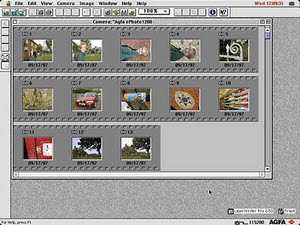 PhotoWise seemed to be exactly the program I needed to prepare pictures for the web. I could crop, resize, and rotate and there were adjustments for many image attributes including color and hue and saturation. About the only things I ever played with were contrast and brightness. Apparently I decided to post 512×384 pixel pictures for that first trip. That was half the resolution of the Agfa camera which meant I could trim away a fair amount of garbage if necessary. Pictures could be saved in four different quality levels. I used Medium (which was probably better than the pictures deserved) rather than High for smaller files. Once the full size picture was ready, I did some more cropping and shrinking to make thumbnails.
PhotoWise seemed to be exactly the program I needed to prepare pictures for the web. I could crop, resize, and rotate and there were adjustments for many image attributes including color and hue and saturation. About the only things I ever played with were contrast and brightness. Apparently I decided to post 512×384 pixel pictures for that first trip. That was half the resolution of the Agfa camera which meant I could trim away a fair amount of garbage if necessary. Pictures could be saved in four different quality levels. I used Medium (which was probably better than the pictures deserved) rather than High for smaller files. Once the full size picture was ready, I did some more cropping and shrinking to make thumbnails.
Using thumbnails and keeping file sizes down had been preached to me by a real web designer who took the time to look at my early pre-trip efforts and make suggestions. The reason, of course, was to minimize page download time. At least that was my reason when I first started out. After a few nights on the road, it became quite obvious that page upload time was pretty danged important, too. I’m still concerned with file sizes and download speeds but sometimes think I’m the only one who is. That’s unfortunate. Broadband merely conceals bad practices; It doesn’t convert them.
I don’t really know when I stopped using these two programs. I do know that I continued to keep PhotoWise in place even after I switched to something else for the picture editing. PhotoWise had an “album” feature, seen in the screenshot above, that provided thumbnail views of all pictures in a directory. The new program eventually added a similar feature then Microsoft Windows finally provided it directly. Until that happened, PhotoWise was my photo browser.
Those “practice” pages I mentioned are still there but hidden. I first tried a page with scanned images taken earlier in the year with a film camera. Next was a page with images from the digital camera as a test run for the whole process. To reach them, head to the 1999 Route 66 trip, select day ‘0’, then click “prev”. That brings up day -33 with the digital pictures. Click “prev” again to reach the scanned pictures of Day -202.
The textured beige background that appears on the majority of pages in the trip report section of this site, was one of the built-in choices for FrontPage Express. Initially, when this was a one trip site, it was on every page. I liked it and have kept it for the trip cover pages and for most daily pages. I believe the only exceptions are for Christmas Day.

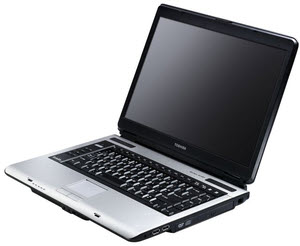 My HP Pavilion was misbehaving by September of 2005 but I somehow put off buying a replacement until April of 2006. The problem was a motherboard crack that affected the power. I could minimize its surprise shut-downs by keeping it stationary so I nursed it through the winter by doing just that and using the aged but trusty Toshiba Portege from time to time. Because both the Portege and the Libretto had served me well, when I finally I went shopping it was specifically for a Toshiba. For $850 I got a Satellite A105 with an 80 GB hard drive and a 1.7 GHz Intel Celeron processor running Windows XP. I believe it might have come home with 512 MB RAM but I soon brought that up to the maximum 2 GB. This was a pretty nice machine.
My HP Pavilion was misbehaving by September of 2005 but I somehow put off buying a replacement until April of 2006. The problem was a motherboard crack that affected the power. I could minimize its surprise shut-downs by keeping it stationary so I nursed it through the winter by doing just that and using the aged but trusty Toshiba Portege from time to time. Because both the Portege and the Libretto had served me well, when I finally I went shopping it was specifically for a Toshiba. For $850 I got a Satellite A105 with an 80 GB hard drive and a 1.7 GHz Intel Celeron processor running Windows XP. I believe it might have come home with 512 MB RAM but I soon brought that up to the maximum 2 GB. This was a pretty nice machine.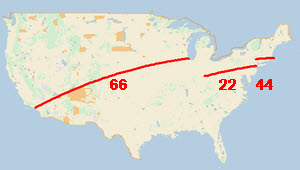

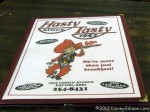
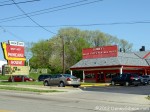
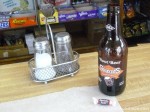
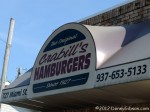
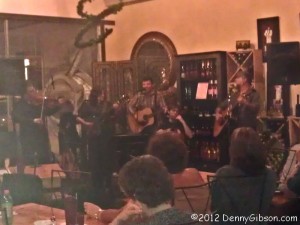
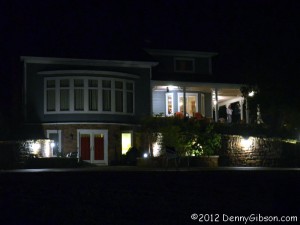
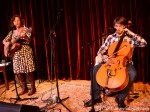

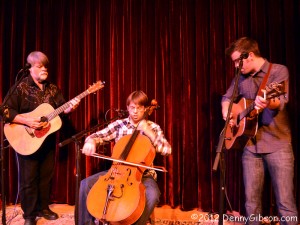
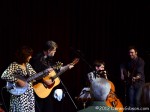
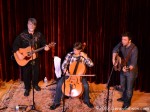
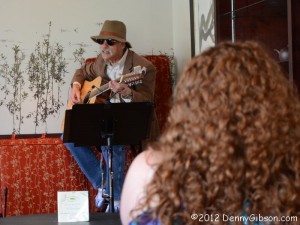
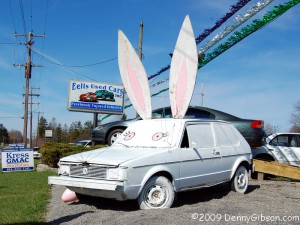
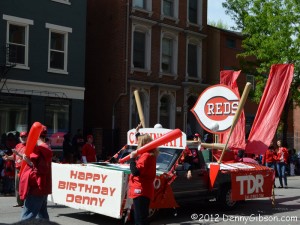
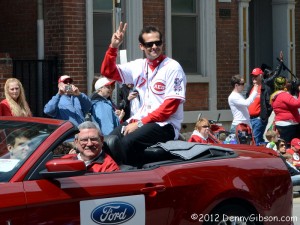
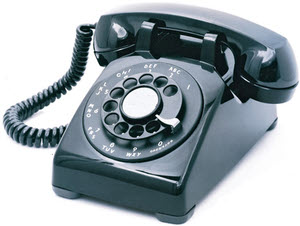 Before learning of this product, I hadn’t really thought about the fact that texting, something many people take for granted, is not universally available. Dial2Text doesn’t solve that completely but it does open the door to one previously ignored segment: rotary phone users. In 2006 it was estimated that as many as 14% of all phones in the US were rotary. The percentage has no doubt dropped but the folks behind Dial2Text believe the number is still significant. Dial2Text is being rolled out in the Cincinnati area beginning this month and, if all goes well, could be available nationwide by year’s end.
Before learning of this product, I hadn’t really thought about the fact that texting, something many people take for granted, is not universally available. Dial2Text doesn’t solve that completely but it does open the door to one previously ignored segment: rotary phone users. In 2006 it was estimated that as many as 14% of all phones in the US were rotary. The percentage has no doubt dropped but the folks behind Dial2Text believe the number is still significant. Dial2Text is being rolled out in the Cincinnati area beginning this month and, if all goes well, could be available nationwide by year’s end.